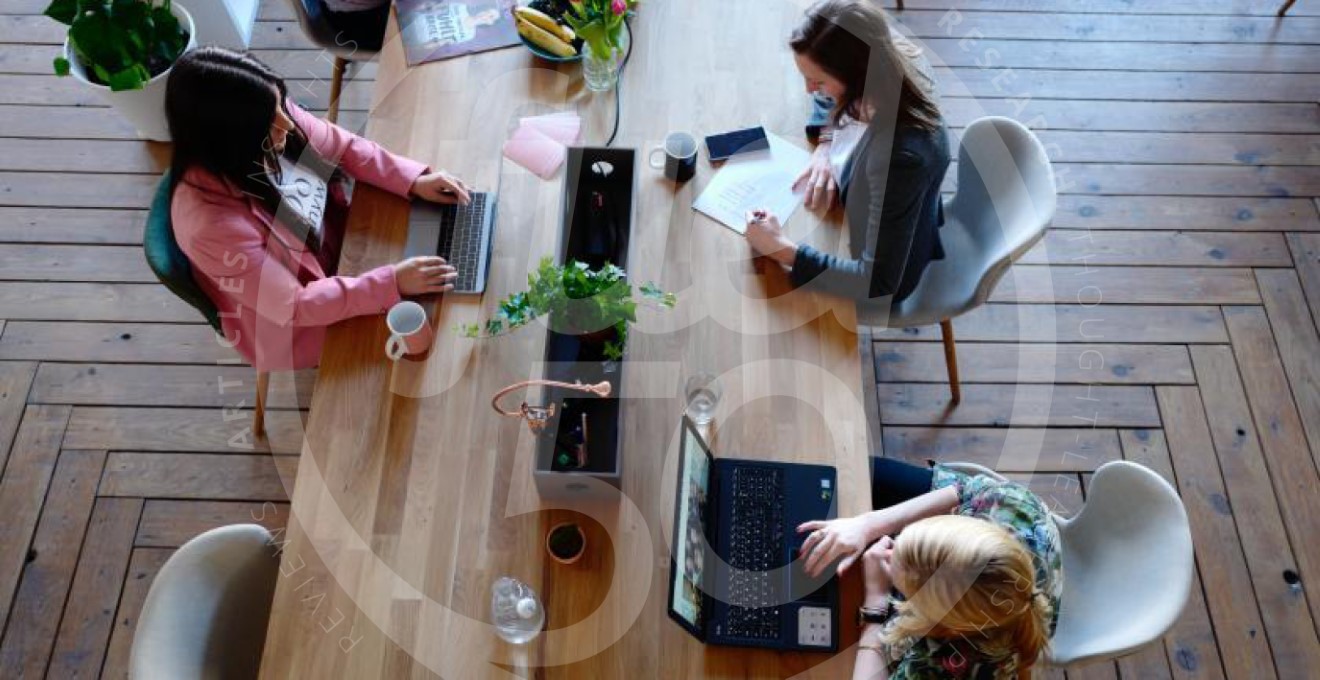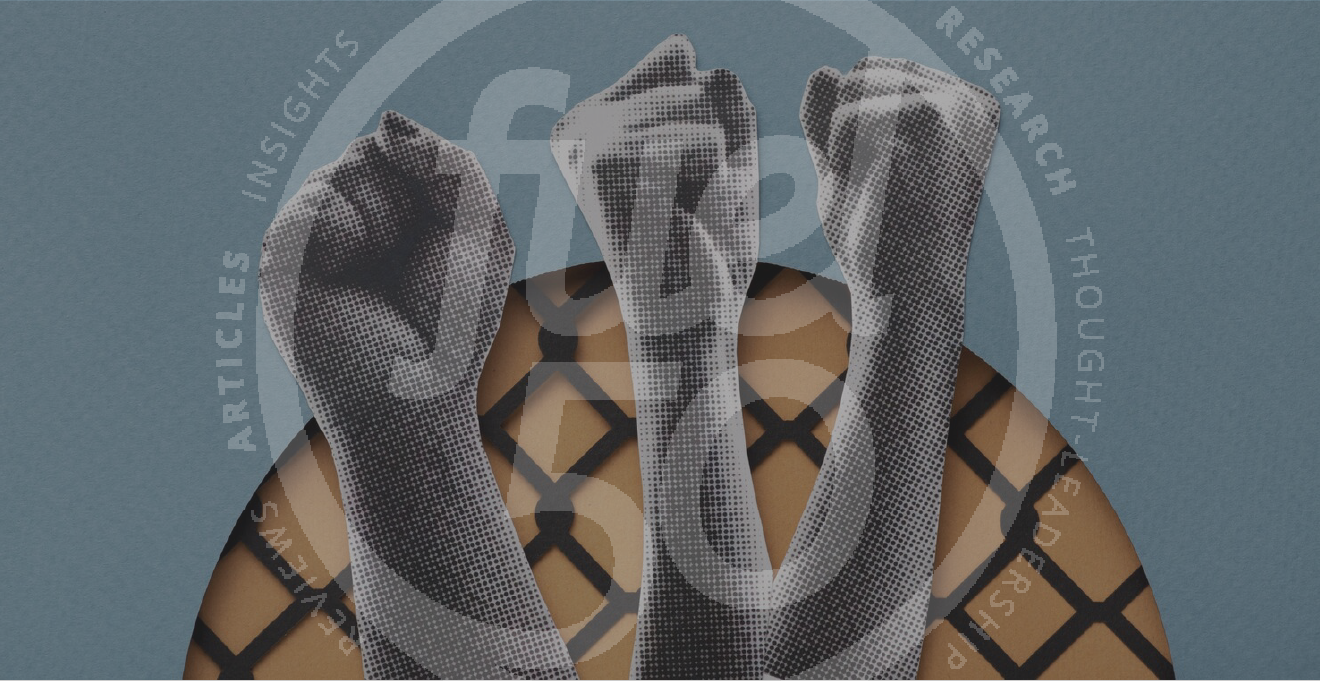The American workplace is in the midst of unprecedented change that may put a permanent stamp on how companies conduct work for decades to come.
Even before the coronavirus pandemic, companies were experimenting with things like shorter hours and workweeks, as well as remote work. Likewise, digital healthcare is experiencing a boom that will change consumer habits, while the race for talent has become even more competitive with the acceleration of remote recruiting tools and thousands of new job seekers.
“The coronavirus has changed every aspect of the workforce,” says Julie Schweber, senior HR knowledge adviser at SHRM. “[Going forward], employers may need to be more accepting of employee requests for any type of sick leave or paid leave. They [also] need to consider more remote work, because I don’t think we’ve ever seen it work so well and for so long, and so broadly.”
Remote work
In addition to major changes in the actual office space — including social distancing, temperature screenings, and extensive hygiene and cleaning procedures — the biggest shift may be the mainstream move to remote work. Before the coronavirus outbreak, there were 4.3 million remote workers in the U.S., which makes up 3.2% of the entire workforce, according to Global Workplace Analytics. That number skyrocketed overnight — as 62% of employed Americans in April said they had worked from home during the crisis, according to Gallup data.
Schweber says SHRM has received a lot of questions from its members about how they can make telecommuting work, as many companies haven’t done it before.
“Employers may have allowed an employee to work from home once or twice a month, when the plumber was coming or something like that,” she says. “But we’re seeing a lot more employers really consider telecommuting as a long-term solution, partly for the work-life balance that it allows employees.”
With large parts of their workforces being remote, employers are likely to increasingly focus on things like telemedicine and employee engagement, Schweber says. According to a recent SHRM survey, 65% of employers say maintaining employee morale is a challenge. Staying connected can be more challenging in a remote environment, but employers are getting creative to find ways to engage their employees.
“They’re creating fun stuff, whether it’s on Slack or organizational email with greetings, challenges or funny quotes, or sharing a photo of something personal,” she says. “Employers make it a challenge or a game where they can, and employees get to see what other folks are doing — from putting together a pandemic survival kit to baking baked banana bread for the neighbours. Just fun little things to keep us connected that you can share, even though it’s a work channel. And it’s optional and voluntary, but folks seem to get engaged.”
Digital health booming
As work becomes increasingly remote and digital, so does worker’s access to healthcare. As employers are becoming acutely aware of what impact the coronavirus crisis is having on not only the physical well-being of employees but also their mental health, many are making telehealth options available to their workforce.
“We’ve already seen a huge impact in telehealth telemedicine, as it’s cost effective and certainly keeps social distancing,” Schweber says. “Employees will continue to reach out, whether it’s a healthcare provider or a mental health provider. We’re definitely going to see an increase, because it’s worked during the pandemic and I imagine it’s going to continue to work because of the convenience of it. Many healthcare insurance organizations are promoting it as a viable way to connect with your healthcare provider, so I definitely see that in the future.”
Work-life balance
Employees’ health and work isn’t the only thing being affected by the pandemic, and it’s important employers are mindful of emotional and social aspects as well, including work-life balance, says Joe Connell, a principal at Perkins and Will’s Chicago office.
“Returning to work is a personal choice based on an employee’s family or social arrangements, such as childcare, daycare, school, a sick family member, or asynchronous schedules,” he says. “There’s a lot of issues that come into play about the design of the office. Once you’re in the office, that’s the easy part because we can work out the distancing and protocols. But the hard part is making our lives bend to getting to work and making sure that the home life is covered while we are working. So much of this is becoming dependent on what our commute looks like, how much flexibility or agility we have in our family or household.”
Working from home may be easier for a single-household employee than a recent graduate sharing an apartment with several roommates, or a couple with children at home.
“Some people are dying to get back to the office because their living arrangement is a lousy place to get something done,” Connell says. “And then others that are just rethinking having to be at the office all the time for accountability, because they’re actually pretty effective working from home. There’s a much more permissive culture right now from the business leaders, and from the employees to work that out into full agility and flexibility.”
Changing company culture: “A radical rethink”
Post-coronavirus, companies will have to reimagine company culture as the business world moves toward more flexible work, says Ravin Jesuthasan, workplace futurist and a managing director at Willis Towers Watson who advises large companies on talent. Up until this point, much of culture in companies was defined by people working together in an office, he says.
“Company culture is going to be changed in ways we’ve never contemplated as companies wrestle with this culture of flexible work,” he says. “The question now is how to take these emergency acceptances of how employees work, and turn them into something that’s more systemic.”
With some companies suddenly having a 100% remote workforce, employers are evaluating the need for a physical office. The move toward remote work is going to underpin what is probably the great pivot in terms of the employee experience — a much more flexible work experience, Jesuthasan says, adding that employers are asking themselves why they need people to come back to the office.
“There is a lot of soul searching going on about the role of the office going forward, because it’s no longer the place where we come to put our heads down and just work,” he says. “It’s increasingly really the place where people come to engage and collaborate, where they come to innovate in ways that Zoom doesn’t help them. So that’s not so much an acceleration, but a radical rethink.”
Recruiting and retaining talent
With record-low unemployment in early 2020, pre-virus numbers showed a talent shortage in the market. But with millions of Americans workers furloughed and laid off, there’s going to be an abundance of available talent, says Anne Fulton, organizational psychologist and CEO of Fuel50, a career pathing solution that provides AI tools to bolster employee retention.
“It’s going to change the labor market dynamics and the employment dynamics radically differently from six months ago, where [employer’s focus] was around retention and engagement,” she says. “But now, that’s circled around talent optimization, making sure that I’ve got the best possible talent into the right roles. The talent matching is going to be extremely important.”
Fulton says that artificial intelligence will play a key role in talent matching. The technology allows employers to quickly gain insights and make decisions around which talent they want to keep and engage across the organization. Talent intelligence becomes of critical importance right now, as companies need to think about who’s being furloughed or who can be redeployed into other frontline roles.
“From our point of view, we believe that talent intelligence also needs to be encompassing,” she says. “So it’s not just about skills — although skills are obviously super important — but it’s also about motivational things like employees’ career aspiration and personality factors, so that you’re actually getting a really broad view around the talent across the organization.”
Balancing automation in the workplace
The pandemic is also accelerating change that’s been underway in another field of technology — automation. When business leaders lead with technology and automation, they often end up in a “binary discussion” about automation versus jobs, Jesuthasan says. An approach he calls “very dangerous,” because it runs the risk of a jobless recovery when the U.S. comes out of the current recession.
“This is where we’re at a bit of a tipping point,” he says. The more compelling strategy is trying to find where automation can substitute versus augment human work, and where they can also create new human work. I think that companies who lead with the work — instead of leading with the technology — they’re the one to actually get to the optimal combinations of humans and machines.”
Employers need to understand where they can substitute certain tasks that were performed by employees with automation, while also creating demand for new types of human skills. Augmenting the creativity and innovation of their employees with technology will also increase productivity.
“I think that’s going to be the way that we come out of this both a more productive workforce and with people actually continuing to have jobs and work,” Jesuthasan says.
Sustainability and long-term business strategies
Jesuthasan says that he’s seeing a pivot from a pursuit of efficiency and growth, which has been at the heart of the global economy for the last 10 years, to more focus on resilience and agility. The resilience to be able to withstand future shocks, and potentially a second spike in the pandemic, is going to be a key focus for many companies going forward.
“The ability to be both reliant and agile as circumstances change, is really at the heart of this broad pivot,” Jesuthasan says. “For companies, one of the key questions that many are asking is how to do a sustainable reset of their business model in order to be more resilient. From every recession that we have come out it’s been with more automation than before. And we’re in, by all accounts, the mother of all recessions right now, so you are seeing a lot of work being automated as a way of dealing with some of the ambiguity and uncertainty of the economy.”
Companies that have seen a big spike in demand, such as the retail sector, or distribution and logistics companies, have turned to the gig economy as a way of potentially powering their business. Resilience, flexibility and agility are key components of this sustainable reset, Jesuthasan says, as companies want to be prepared for what may come next that they can’t see around the corner.
“One very positive sign is that you’re seeing companies be much more collaborative,” he says. “We’re seeing companies share and exchange talent, for example, [with the gig economy]. And I think that DNA of collaboration is, as we’re building it now, that muscle is going to be with us as we come out of this pandemic. I think organizations will realize that we are much more resilient when we’re together than when we’re trying to fight that battle alone.”
Fuel50 Capability Trends Report™
This report is designed to help you harness the latest global capability trends to ensure that your organizational talent strategy is beautifully aligned to the current driving global forces.







